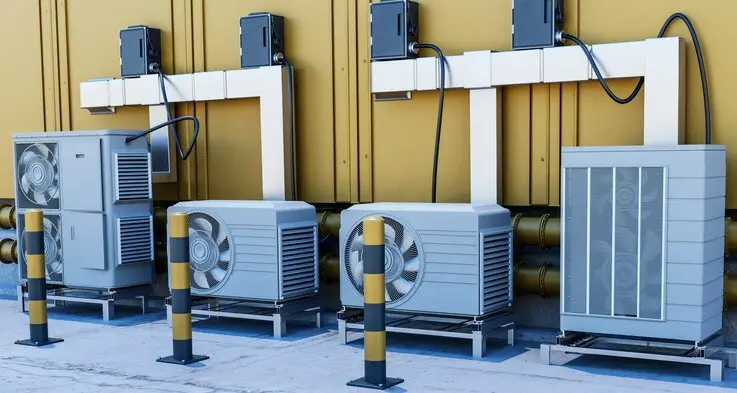
One prominent characteristic of the sturdiness of natural carpets is its essential elasticity that repels crushing. Dissimilar certain synthetic fibers that sooner or later become tangled down due to foot traffic or hefty matters, natural wool springs back underfoot and underneath the mass of furniture, recollecting its original viscosity and bouncy feel over years of use.
- Color Retention
Wool is exceptionally color-fast and withstands original hue over years of usage. The molecular arrangement of wool receives dye precisely well plus locks it in. This feature permits wool carpeting to be accessible in an extensive range of colors and designs, obliging subtle distinction in shades to attain a high level of artistic appeal. Wool has natural shine and light reflection potentials that are never quite copied by artificial fibers.
- Energy-Efficiency and Comfort Factors
Wool is an extremely effective natural insulator. Those insulating characteristics are obvious when wool carpeting is fitted on the ground. In winter, internal warm oomph certainly emits through the base and into the colder crawl space or concrete slab below. Heat loss through the floor in winter has an assessable effect on domestic energy competence as well as inside comfort. Wool matting cloisters the floor excellently to delay heat loss, dropping heating costs, and creating rooms more contented in winter.
Wool also naturally engrosses water vapor from the air, facilitating to sensible high indoor moistness that frequently befalls throughout summer months. Another privileged side-effect: wool’s exclusive moisture-absorption properties constrain stationary electricity, dropping those infuriating motionless tremors mutual in cold, arid weather.
- Clean Ability
Wool has a natural covering that repels water-based tints, which make up the bulk of common spills. Spot elimination is simple if leaks are allocated punctually. The flaking construction of specific wool fibers, observable underneath a microscope, avoids mud and dirt atoms from ascribing firmly to the fiber as well as restrictive diffusion of filth profound into the pile.

One study displays that loam is free up to 25% easier from wool versus synthetic fibers. Likewise, pro founder diffusion is reduced; filth, dirt and other pollutants are reserved in the higher share of the pile and more willingly vacuumed out.
- Green Issues
Wool is surely maintainable. Sheep produce a dense new coat that must be shaved at least once a year and the normal sheep produces over 7 pounds of wool per clipping. Manufacturing carpets made of wool devours up to 1/3 less electricity than the quantity required fabricating synthetic nylon or polyester carpeting. Wool is also eco-friendly and ecological and won’t take up space in landfills centuries like synthetics.
- Flammability
Wool carpeting is naturally flame-retardant and has an advanced explosion point than other synthetic choices, making it unaffected to dropped matches, cigarettes, branches and other causes of the fire. Packed community lodgings like airports frequently use wool carpet for this security aspect.



